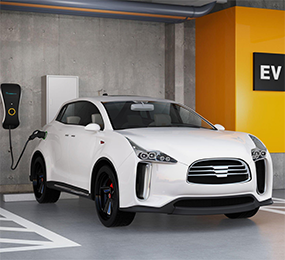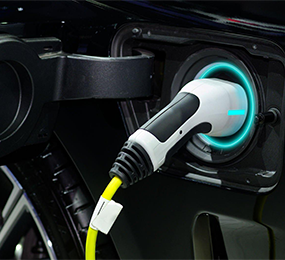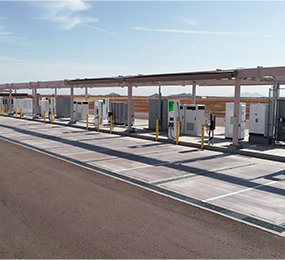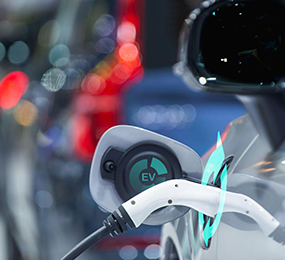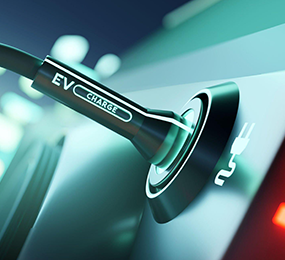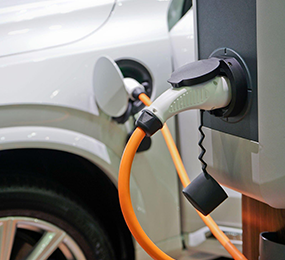The transition to Electric Vehicles is underpinned by the deployment of charge point infrastructure
Strategy for expansion
The establishment of a public CS network is a critical component in boosting the usage of EVs. Once a basic network of CSs has been built, commercial focus frequently moves to establishing a plan for expanding network coverage.
1. Cities should begin scaling up an EV CS network by identifying and analyzing the charging infrastructure resources they have (locations, technology, and level of maintenance) to establish their own state of the art.
2. Forecast future demand for EVs and, by consequence, future demand for public charging stations and power in parallel. Identifying future demands is critical for calculating the optimum network size at various stages of EV market adoption.
3. Given the anticipated rise in energy consumption owing to the consolidation of electric cars, the network grid should be updated and resized to provide a continuous supply of power, as the existing grid lacks the necessary capacity.
4. Development of a detailed stakeholder map, identifying all actors who potentially engage in this growing industry, with a focus on EMPs, CPOs, and CS makers. However, the list should also include professionals, research and technology organizations, social agents, and other government agencies eager to work on EV rollout. The cocreation of value across several stakeholder domains may be a powerful method for aligning value in an emerging market.
5. Given the high capex and apex expenses, design strong and realistic financing and funding strategies based on their limited resources and capacity to involve commercial actors.
6. Once the various projects have been specified, create a decision-making mechanism for prioritizing and choosing those deemed strategic for the construction of a robust network throughout the city.
7. Manage public procurement through a competitive conversation with previously selected stakeholders in order to form a public-private partnership for installing and operating public CSs.
8. Create a stage-by-stage plan for implementing the various phases of network installation and maintenance.
9. Provide charging services across the city, comprehending and managing the whole network as a single unit that develops and provides public value for EV owners, as well as allowing data-based correction and relevant stakeholder alignment.
10. Integrate the service into a single mobility as a service (MaaS) solution, providing EV consumers with customized mobility planning based on their specific needs. As a result, data will be collected while current transportation infrastructure and new mobility services are aligned to maximize benefits for service providers and end users.
Visit our website to know more: https://bit.ly/3W0umUp
For more information and group participation, contact us: [email protected]
Leadvent Group - Industry Leading Events for Business Leaders!


